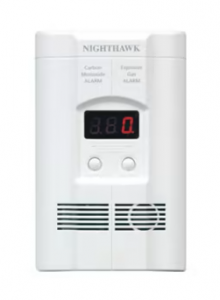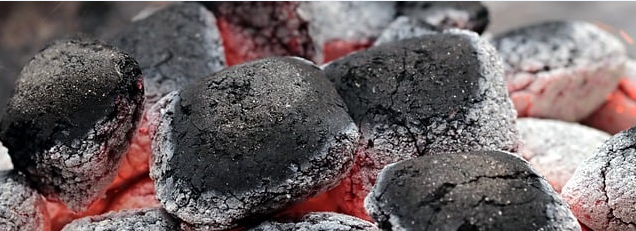Today, we answer the question Do Air Purifiers Remove Carbon Monoxide? The answer is simple – no, they do not. Once you understand how carbon monoxide manifests and its nature, you will know why. Anyone trying to sell you the ‘best air purifier for carbon monoxide’ is just a con.
Air purifiers make our indoor air clean by removing numerous pollutants such as dust, pollen, smoke, odours, dust mites, bacteria, mould, and viruses. However, air purifiers do not remove gases like radon and carbon monoxide.
These harmful gases require other interventions to avoid their negative health impacts.
What is Carbon Monoxide?
Carbon monoxide (CO) is a colourless, odourless, tasteless gas. It comes from the burning/combustion of fuels such as gasoline, wood, propane, or charcoal. Since you cannot see, taste, or smell CO, the quantity can rise to dangerous levels without detection.
Sources of Carbon Monoxide
Carbon monoxide (CO) is produced during the combustion of fuels, as mentioned above. The most common sources of carbon monoxide include:
- Furnaces
- Fireplaces (gas and wood-burning)
- Wood stoves
- Gas stoves and ovens
- Grills
- Tobacco smoke
- Boilers
- Motor vehicles
- Power tools
- Dryers
- Generators
- Water heaters
- Lawn equipment
Health Effects of Carbon Monoxide
If you’ve heard about carbon monoxide poisoning, the chances are that you know how deadly CO can be. Exposure to carbon monoxide causes minor to severe symptoms and could even lead to death. How do you detect or identify carbon monoxide poisoning?
These are the most common symptoms of carbon monoxide poisoning:
- Dizziness
- Headache
- Nausea and vomiting
- Confusion
- Fatigue
Safe CO Levels – Canada’s Indoor Air Quality Guidelines for Carbon Monoxide
Ideally, the concentration levels of carbon monoxide indoors should be the same as outside so that we do not suffer from the symptoms above or even death. CO levels range from 0.3 to 2.5 ppm (parts per million).
According to the Canadian Environmental Protection Act, 1999, below are the guidelines on CO exposure:
- 1-hour average: 25 ppm
- 24-hour average: 10 ppm
Besides that, to avoid getting carbon monoxide poisoning, COHb levels in the blood should not exceed 2%. COHb (or Carboxyhaemoglobin) is the haemoglobin that binds with carbon monoxide instead of oxygen, as is usually the case.
How to Prevent Carbon Monoxide Poisoning
Exposure to excess levels of carbon monoxide leads to the death of many people across the globe. Since it’s difficult to detect it naturally, we can strive to reduce it. Also, you need to install an adequately certified carbon monoxide alarm.
Please note that smoke alarms do not detect carbon monoxide. So, apart from installing a smoke alarm, a carbon monoxide alarm should be a priority.
Other measures to help with carbon monoxide include:
- Avoid smoking indoors.
- Close the door between the garage and the main house.
- Avoid idling your vehicle in the garage.
- Do not use grills or fuel-burning camping equipment in enclosed spaces – house, tent, garage, or camper.
- Always use gas-powered tools such as generators outside the garage.
- Avoid using kerosene or oil space heaters and lamps indoors.
- Ensure proper maintenance of home appliances such as furnaces, fireplaces, and stoves.
- Regular inspection of exhaust vents during and after snowstorms is crucial.
- Correctly install carbon monoxide alarms, ensure they are certified, and test them regularly.
- Proper ventilation is essential.

What to Do When the Carbon Monoxide Alarm Goes Off
Immediately the alarm sounds, leave the house and seek fresh air. Trying to find the exact source could lead to more exposure hence carbon monoxide poisoning. The best thing to do is call your fire department or emergency services.
Also, please do not go back into the house until they give you the go-ahead.
Conclusion
Air purifiers do not remove carbon monoxide. However, they capture most airborne pollutants from indoor air – dust, mould, pollen, and other allergens.
Instead, you should install a good carbon monoxide alarm to let you know when you’re in danger. After the alarm goes off, call emergency services such as the fire department. These experts know how to deal with carbon monoxide and its sources.

